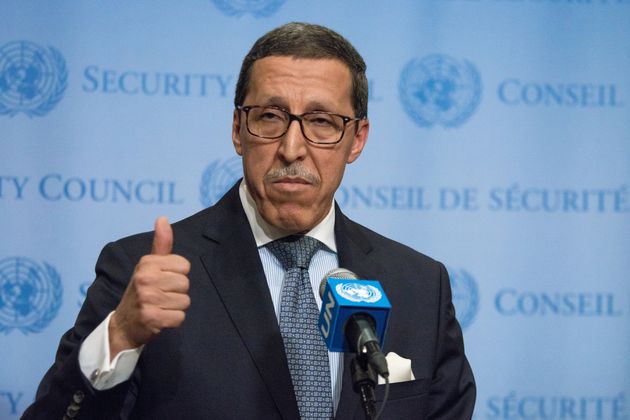Morocco's Crown Prince Moulay El Hassan, launched, Monday in the Lamharza Essahel Commune under the El Jadida Province, the construction works of the Casablanca seawater desalination plant, the largest plant of its kind in Africa with, ultimately, an annual production capacity of 300 million m3 and a beneficiary population estimated at 7.5 million inhabitants.
This project is in line with the interest and solicitude that King Mohammed VI, attaches to the strategic issue of water, particularly in the current context marked by a significant rainfall deficit and very strong pressure on conventional water resources in the various regions of the Kingdom.
It is an integral part of the “Improving water supply” axis of the National Drinking Water Supply and Irrigation Program 2020-2027, launched in 2020 by the King, at a total cost of 143 billion dirhams.
The future plant, which will meet the growing demand for water in Greater Casablanca, the cities of Settat, Berrechid, Bir Jdid and the surrounding regions, will be built in two phases on a 50-hectare site and will require an overall investment of 6.5 billion dirhams, mobilized through a public-private partnership.
During the first phase, scheduled to be commissioned at the end of 2026, the station should reach a capacity of 548,000 m3 of treated water per day (200 million m3 per year), expandable, in a second phase (planned for mid-2028) to 822,000 m3 per day, or an additional 100 million m3 per year, including 50 million for agricultural use.
This major project involves the construction of a reverse osmosis seawater desalination plant and the installation of a system to transport the drinking water produced, comprising three pumping stations, three storage tanks and a distribution network of almost 130 kilometers of supply pipes. This drinking water transport system will require an investment of 3 billion dirhams financed by public funds.
The latest-generation Casablanca seawater desalination plant will comprise two 1,850-meter-long seawater intake pipes, a 2,500-meter-long discharge outfall, reverse osmosis desalination facilities (pressure filters and microfilters), a sludge treatment unit, a control and management center and pumping stations, in addition to a storage reservoir for the drinking water produced.
With a drinking water production cost estimated at 4.48 DH/m3, the future plant will be 100% powered by renewable energy and its management will be fully automated.






